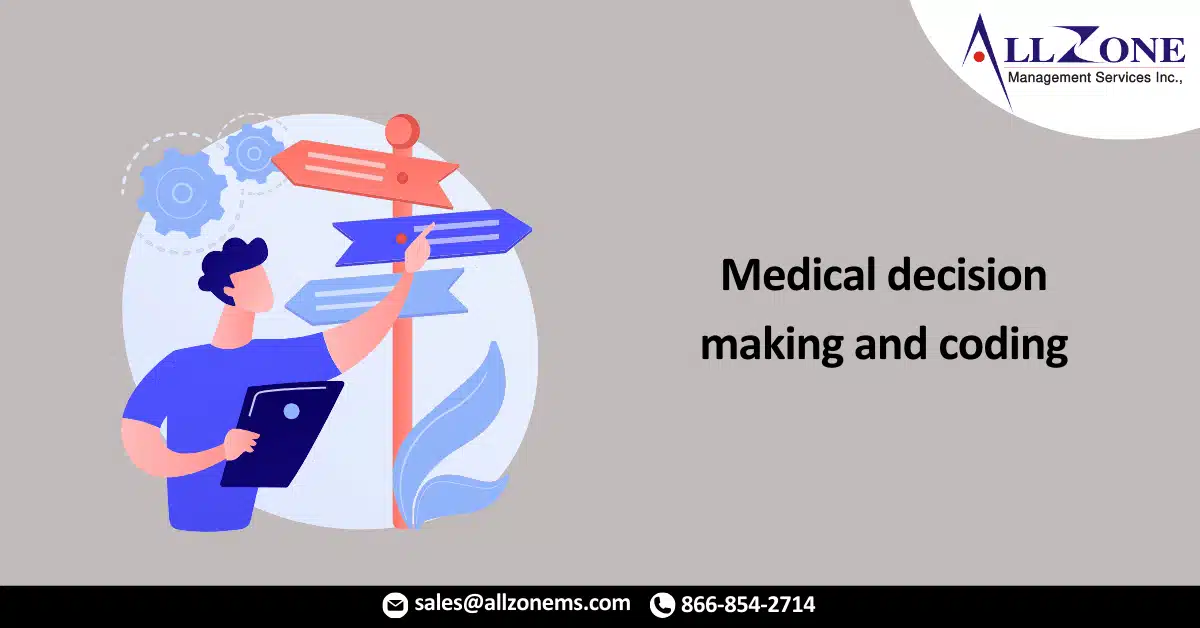MDM elements during a preventive visit
Q: Is it appropriate to count laboratory tests and other tests ordered during a preventive medicine service (99381-99397) visit in medical decision making (MDM) selection?
No, because the 2021 revisions to the E/M office or other outpatient MDM do not apply to codes 99381-99397 (preventive services). These codes are used to report preventive services for infants, children, adolescents and adults, which were not affected by the CPT 2021 E/M changes.
However, if an abnormality is encountered or a preexisting problem is addressed, in the process of performing the preventive services, and if the problem or abnormality is significant enough to require additional work to perform the key components of a problem-oriented E/M service, then it would be appropriate to report the office or outpatient codes (99202- 99205, 99211- 99215) in which the number of laboratory tests and other tests ordered can be used to determine the appropriate level of E/M office or outpatient service code to report. Note that modifier 25 should be added to the office or outpatient code to indicate that a significant, separately identifiable E/M service was provided on the same day as the preventive service. The appropriate preventive service is additionally reported.
MDM:Severity of Type 2 diabetes with complications
Q: The physician sees an established patient, who has uncontrolled type 2 diabetes mellitus (T2DM), with hyper- and hypoglycemic episodes. Depending on where this falls under the number of complexity and problems addressed in MDM, would it be appropriate to report a higher-level evaluation and management (E/M) code (e.g., 99214 or 99215)?
The Current Procedural Terminology (CPT®) E/M MDM table identifies “one chronic condition with exacerbation” as qualifying for a moderate-level and “one or more chronic illnesses with severe exacerbation, progression or side effects of treatment” as qualifying for a high-level for number and complexity of problems addressed at the encounter. It is commonly known that patients with uncontrolled T2DM typically have such episodes periodically, and other related conditions or comorbidities as a result, which must be considered and managed as well.
Therefore, the provider needs to properly evaluate a patient and to assign the appropriate level of E/M code for that visit, based either on meeting MDM guidelines or documented time spent on the date of the encounter. Based on the scenario described in the question, a moderate- or higher-level E/M visit code may be appropriate according to the criteria of the MDM element identified.The provider should also make sure that the severity of these exacerbations are clearly documented in the note.Also, if time is the basis for the code, the documentation needs to support why this patient visit took as long as it did.
MDM or time?
Q: If a physician documents time, but the encounter documentation reflects a higher level of service based on MDM, may code selection be based on MDM instead of time?
According to the AMA, the methodology that accounts for the most appropriate and relevant elements for a given patient encounter should be used to select the appropriate codes. For example, a high-intensity visit that lasts a short period of time may be more accurately reflected using MDM; whereas, a time-intensive visit might be better captured using time as the criteria for code selection. Therefore, it isn’t appropriate to code all visits based on time.Additionally, if billing based on time, the reason for the lengthy visit should be documented.
For More Information: medical decision making and coding

